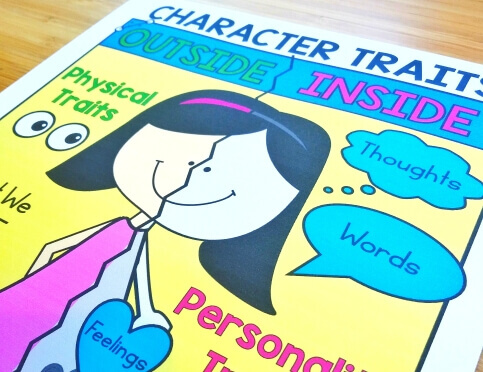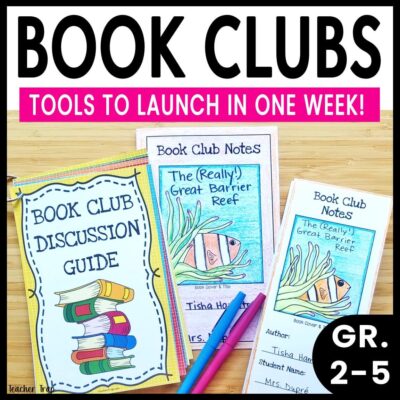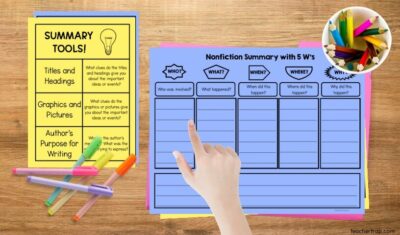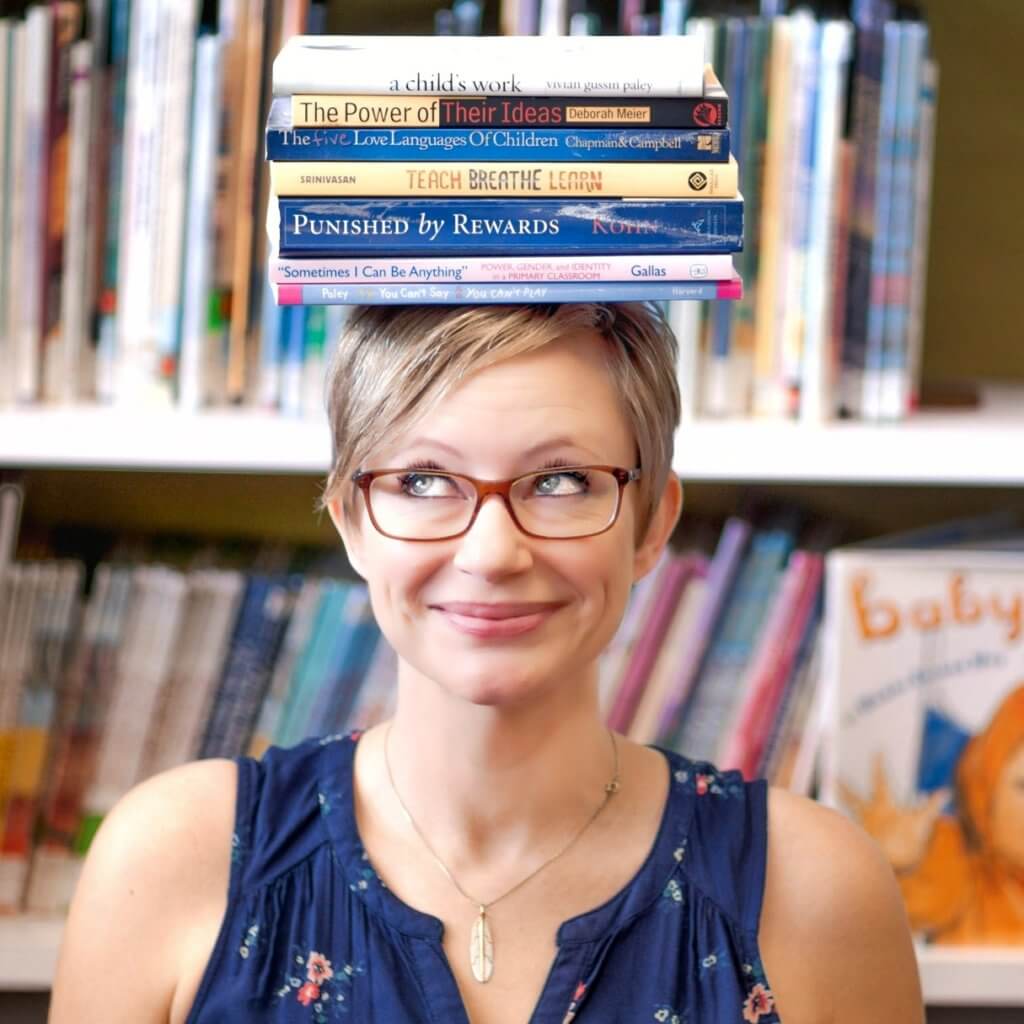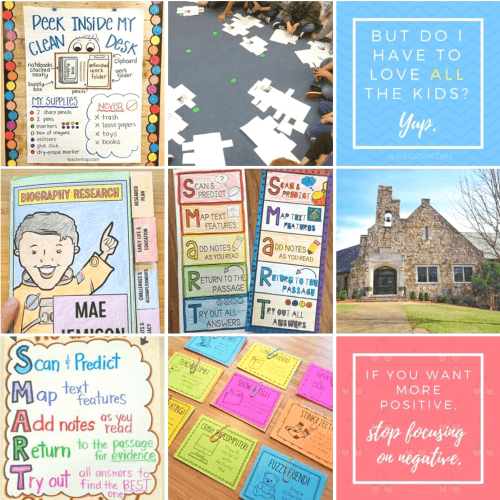Classroom Book Clubs transformed my reading instruction and led to huge gains in my students’ reading comprehension and fluency. Similar to Literature Circles, Classroom Book Clubs put the student in the driver’s seat and encourage each child to take ownership of their reading and learning.
Surprisingly, Classroom Book Clubs are easy to launch and work wonderfully in elementary classrooms from first through fifth grade! I’ve even used modified Literature Circles in kindergarten with great success. In this post, you’ll learn why Book Clubs and Literature Circles are a MUST in every classroom and how to easily launch them in just one week!
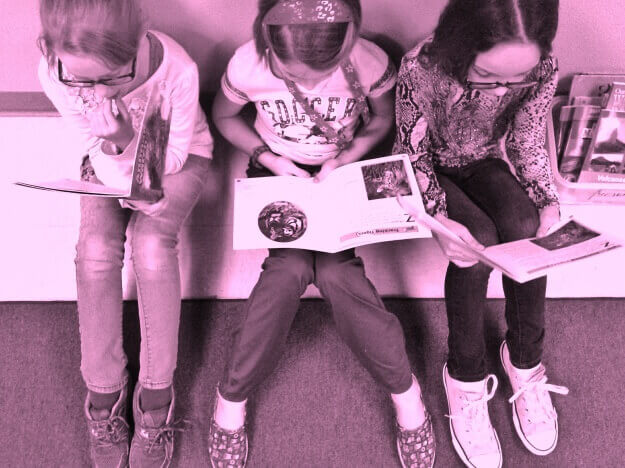
What are Classroom Book Clubs or Literature Circles?
Classroom Book Clubs or Literature Circles are simply small group meetings where students come together to discuss a shared text. There are many formats for this process and all can easily be adapted to meet the needs of your students.
The goal is for students to have a meaningful and collaborative conversation as they work together to make sense of and grow their understanding of the text. For print-and-go Book Club materials, check out my Book Clubs Made Easy Pack!
Benefits of Book Clubs and Literature Circles
The benefits of Book Clubs and Literature Circles are endless! These structured conversations engage students in real and deep thinking around a shared text, fiction or nonfiction, in ways that build reading comprehension, reading fluency, critical-thinking skills, and more!
- Active Engagement: One of the biggest detriments to students’ growth in reading is the lack of genuine interest or engagement. With Book Clubs and Literature Circles, students get the chance to share their thoughts, opinions, and questions about the text, while also hearing from others.
- Collaborative Conversations: Rather than reading in isolation, students get a peek into the thinking of others and can build on ideas, question conclusions, and broaden their understanding of a text.
- Comprehension Skills in Action: Classroom Book Clubs and Literature Circles require students to apply and practice the comprehension and metacognitive thinking skills they’ve learned. Students predict, infer, question, and analyze together!
- Authentic Differentiation: Books Clubs and Lit Circles make it easy for each student to participate at their level of ability, while also being challenged to grow. For example, students can participate in the discussion whether they’ve heard the text read aloud, read it with a partner, or read it independently.
- Supporting Ideas with Evidence: One powerful aspect of these discussions is that students must support their ideas and conclusions with EVIDENCE from the text! This skill is absolutely essential for success on reading assessments.
Book Club and Literature Circle Expectations
I prefer to keep my expectations short and sweet! Before launching your first round of Classroom Book Clubs or Literature Circles, introduce clear expectations before modeling and practicing each one.
I find it’s helpful to practice the expectations using imaginary books where students meet in groups and simply pretend they are holding a thoughtful conversation. You can also prepare by posing an interesting topic for discussion, such as “What rules should we have at recess?” or “Should students be allowed to wear hats to school?,” and have students practice these expectations during their conversation.
After each practice session, ask your students to reflect or rate themselves on each of your expectations. We continue this reflection or rating process during the first few weeks of Book Clubs (and sometimes longer!).
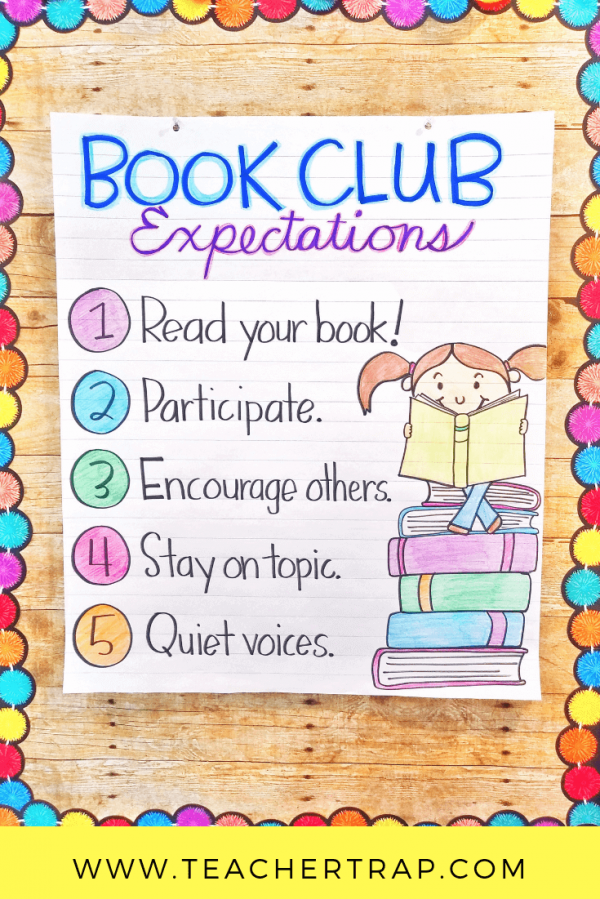
How to Set Up Classroom Book Clubs
I find that students prefer the more open-ended format of a Book Club over the assigned roles of Literature Circles, but either format can be effective. In this post, I’m sharing what’s worked best in my own classroom over the years, but it all comes down to teacher preference and time available.
NOTE: I prefer my students do any required reading for the meeting ahead of time (during independent reading, for example) so that students may read at their own pace and make notes as needed. If the text is especially challenging, such as a short passage with complex vocabulary, we might read it together as a class first.
- Students Meet Daily: In my opinion, it is best for students to meet each day, typically for about 10 minutes. Daily meetings keep the discussion short and focused, and keep the text fresh in students’ minds. You can also try a MWF schedule, or even once a week, but I’ve found this to be challenging for some children.
- Try a Weekly Cycle: I prefer using a weekly routine where students focus on a certain aspect of the text each day. This works well because students learn the routine and become more confident in participating. (With the Weekly Cycle, students would begin a new text or new chapter in a text each week.)
- Have a Daily Focus: During the weekly cycle, provide a different focus for the conversation each day. In the beginning, I offer guided questions to help get the discussions started, but over time, students take the lead.
A Daily Focus for Book Clubs or Literature Circles
- Monday – Preview and Predict: The first meeting is about activating prior knowledge, noticing text features, and making some thoughtful predictions. This may be their first look at the text.
- Tuesday – Connect and Question: Students have now read a section or all of the text (depending on the length). During this session, they discuss how they made sense of the text by relating it to personal experiences or other texts, and also share and discuss their own questions.
- Wednesday – Infer and Search: For this day, students are asking more complex questions and searching for evidence to support their ideas and thinking. The questions might be posed by the teacher or by other group members.
- Thursday – Analyze Words: To deepen their understanding, students discuss unfamiliar vocabulary or phrases and use context or outside resources to determine meaning.
- Friday – Summarize and Reflect: Finally, students work together to create a concise summary of the text, debating what is most important, and consider the author’s purpose for writing and level of success.
Classroom Book Clubs Made Easy!
If you’re ready to jump into Classroom Book Clubs, check out my daily discussion guide and resources for launching with ease. In my Book Clubs Made Easy pack, you’ll find detailed instructions for how to select books, form groups, and organize Book Clubs, plus a ready-to-go Book Club Discussion Guide for students.
The One Week Launch
Launching Book Clubs in one week is probably easier than you think! I begin Book Clubs by leading the entire class through a shared experience with the same text. Each day, students meet with a different group to discuss that text.
- Step 1 – CHOOSE A SHARED TEXT: For the launch week, choose an engaging text that will be just a bit challenging for most students. All students will need access to the text so you might need to use a story from the text book or even a copied story, passage, or article.
- Step 2 – INTRODUCE BOOK CLUBS: Explain the purpose of Book Clubs and share your Book Club expectations. (The Book Clubs Made Easy Pack includes a short slideshow for this!)
- Step 3 – GUIDED PRACTICE: Lead the entire class through a Book Club cycle. For example, on Monday, share that Mondays will be the day they preview new texts and meet together to make predictions about the author’s purpose, what they’ll learn, what might happen, etc. Provide some modeling and/or sentence stems, then send students off to try it in their small groups. Meet back and discuss how it went! Be sure to check in on expectations and highlight any notable conversation moves or questions shared by other students.
Book Clubs are an amazing way to engage readers and give students ownership of their learning! For more about Book Clubs and answers to common questions, check out my post Classroom Book Clubs: Tips and Tools.







